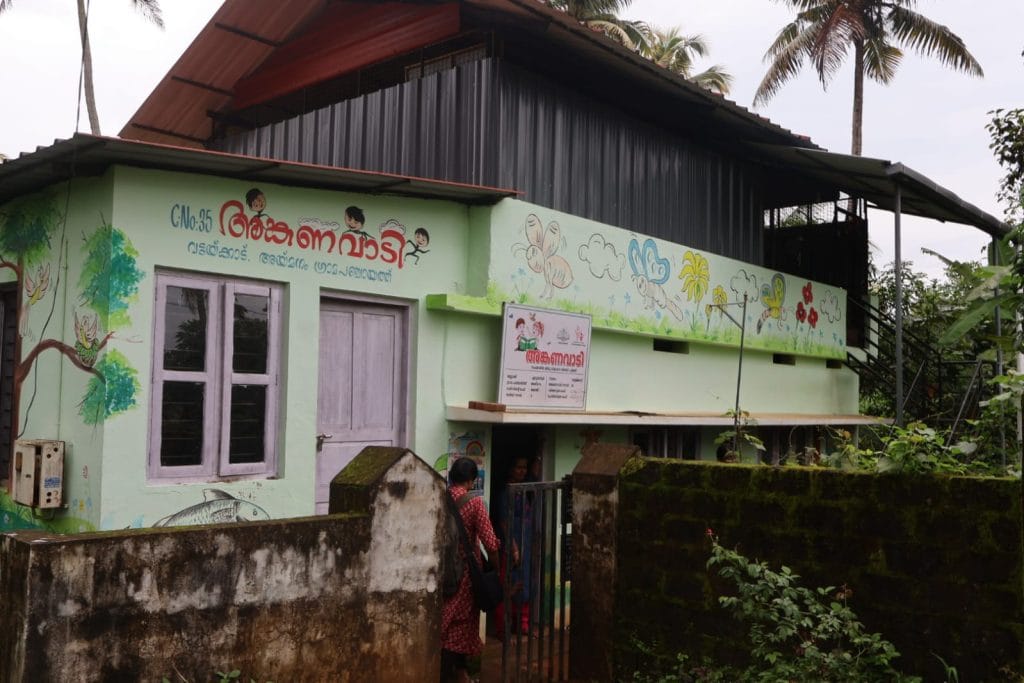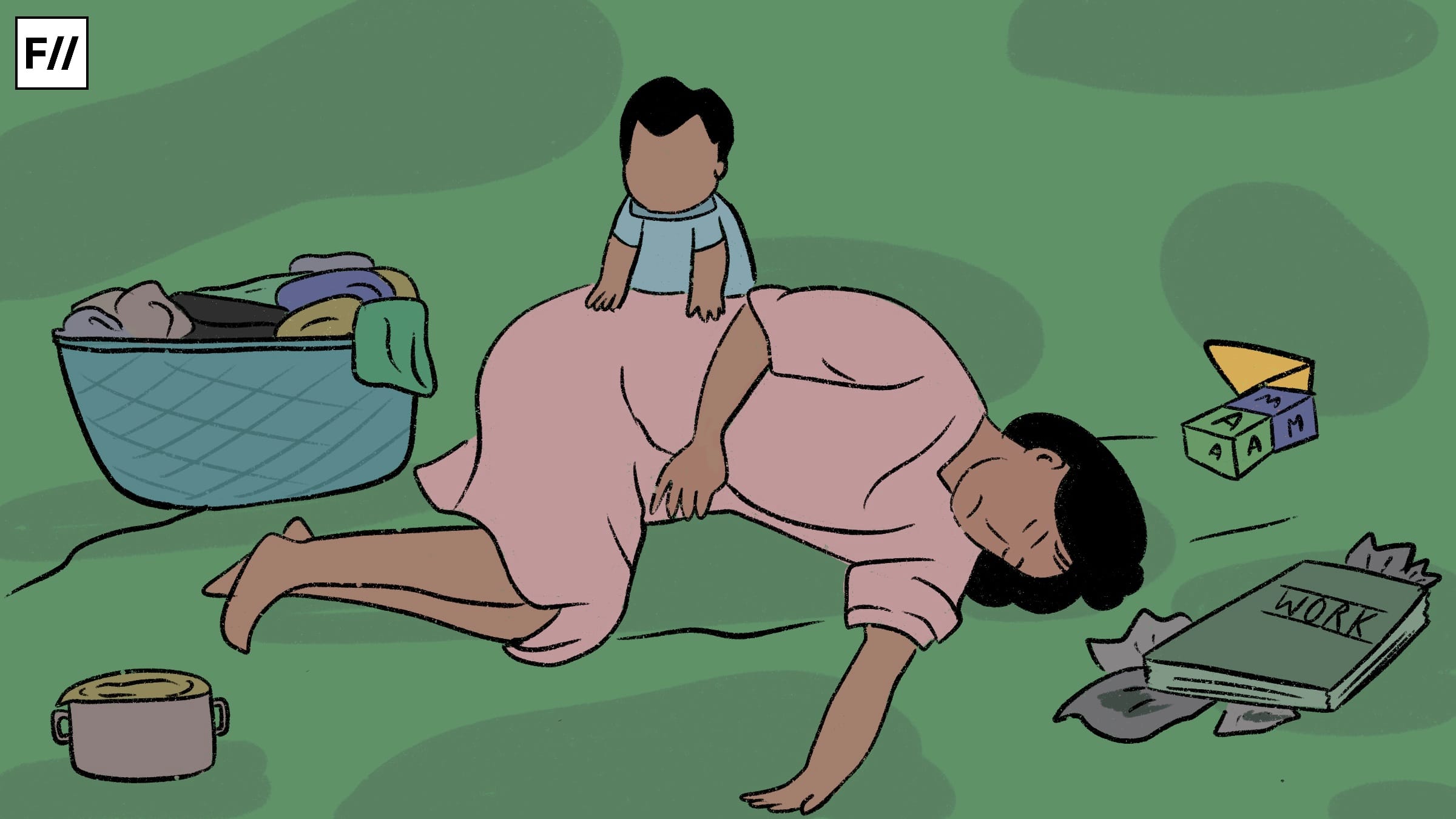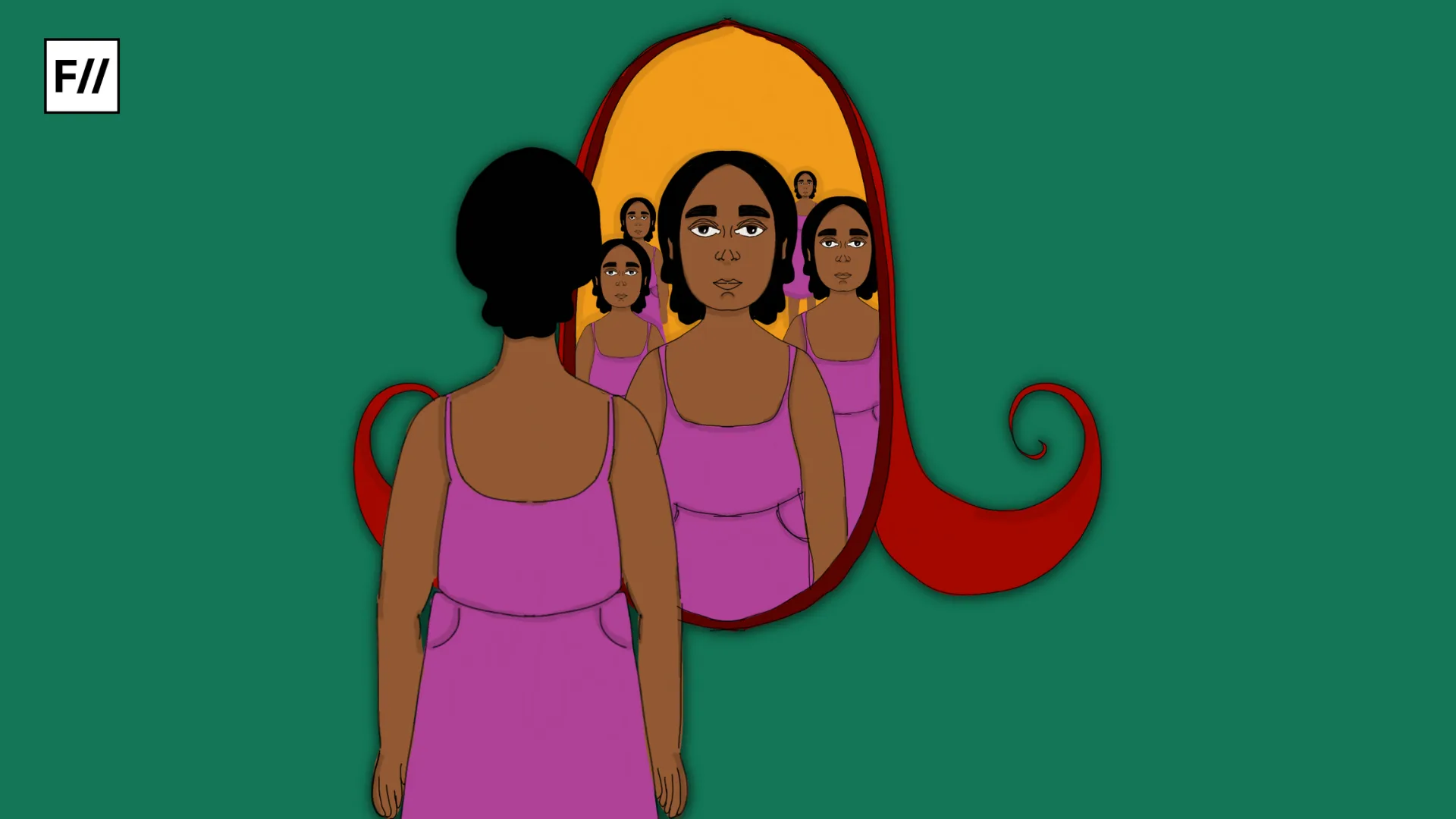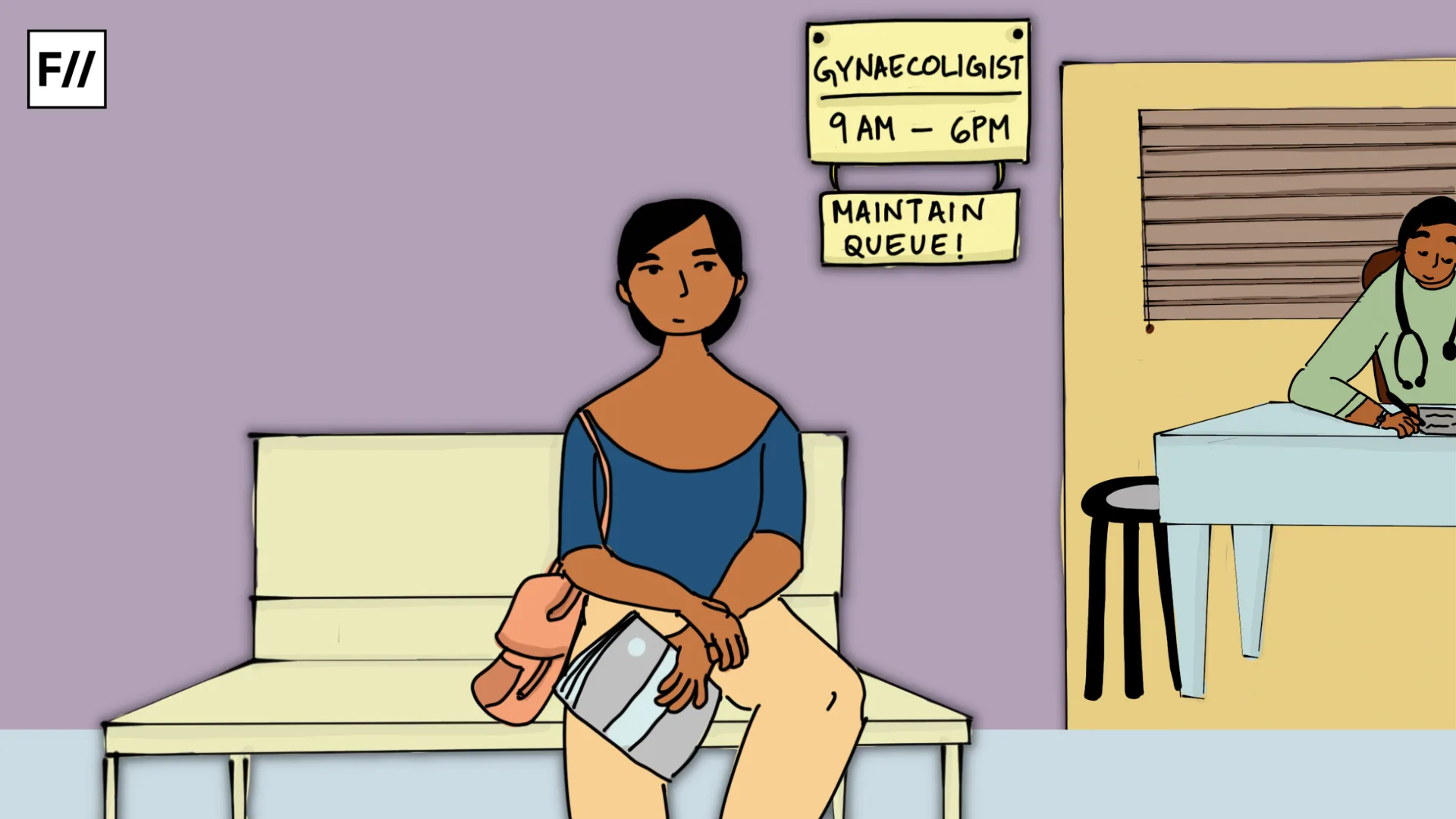For an average book lover, Aymanam is the immortalised setting of the beloved story of Esther and Rahel. One who has chanced upon The God of Small Things can hardly forget the place that is as much a character as the characters themselves. However, while planning a field trip to Aymanam in a late afternoon conversation, we had a different story in mind. Over forty women in and around Jayanthi, the fifth ward in Aymanam Panchayat, are now frequent visitors to the women’s fitness centre opened by the Panchayat. By working out, practising yoga, dancing Zumba and more importantly, catching a moment to hang out with each other, a group of women are now rewriting their lives in happier and healthier fonts. This is the story of a group of women and their journey of finding their strength, inside and outside.
From fiction to fitness: a new chapter
‘There were no opposing voices when the idea was discussed. This idea was unanimously passed’, said Panchayat President Viji Rajesh. The excitement about the success of the idea was palpable in our conversations with the Panchayat authorities. The fitness centre was imagined as a part of the Integrated Child Development Services Programme (ICDS) and began with a modest funding of five lakhs allocated from the Women Component Plan (WCP).

‘Usually, the funding from WCP goes to projects such as poultry farming or pickle making. But these projects do not bring women into the public space. We wanted to do it differently’, said Panchayat Secretary Sunil Kumar NC. The urge among the Panchayat authorities to think unconventionally, combined with the able leadership of the ward councillor Biju K Manthattil and wholesome participation from the women of the locality, makes the unique recipe of this success story.
Breaking boundaries: one exercise at a time
A few hundred metres from the Panchayat is the fitness centre. As of now, the fitness centre is functioning in the same building as the Anganwadi. The gym started functioning in June last year, and the members of the gym were eloquent about the changes in their lives that happened over just a few months. The obvious outcome is the improvement in the physical aspect.
Along with the progress in mental and physical health, the fitness centre has become a space where they experience life differently from their usual roles and routines. The patriarchal norms and narratives around safety and protection further this dearth, binding women to their households.
Members who could hardly sit on the ground when they first joined the gym are now exploring various floor exercises. Secondly, members of the gym spoke to us about the noticeable improvement in mental health. The members of the centre include homemakers and working women, and for all of them equally, this is a space to share their woes and find solutions. Meetings are held every two months with members of the fitness club, and counselling classes on mental health are also organised regularly.
Along with the progress in mental and physical health, the fitness centre has become a space where they experience life differently from their usual roles and routines. There is a significant dearth of such spaces around us. The patriarchal norms and narratives around safety and protection further this dearth, binding women to their households. Accessing public spaces for leisure and recreation is rarely regarded as an “acceptable” practice for women, as per social norms. This initiative has helped them break such shackles of exclusion.

‘We have lived in the same locality for so long, but we hardly got a chance to interact or hang out together. We grew closer when we started coming to the fitness centre’, a member of the fitness centre remarked.
Socialising with the fellow gym members who live considerably different lives has knowingly and unknowingly broadened the horizons of their thinking. For instance, a member of the fitness centre spoke to us about the gradual transformation in the clothing patterns she noticed among the gym members.
‘I remember how in the beginning, many of us—especially the older members—were quite hesitant to switch to gym wear such as t-shirts and track pants, even though it made working out so much easier. Since we lived nearby, there was always the fear of upsetting social norms and inviting unwanted attention.
‘I remember how in the beginning, many of us—especially the older members—were quite hesitant to switch to gym wear such as t-shirts and track pants, even though it made working out so much easier. Since we lived nearby, there was always the fear of upsetting social norms and inviting unwanted attention. So, at first, many members stuck to clothes such as the sari and churidar. However, overcoming inhibitions, several members have adapted to comfortable gym wear, not because anyone forced us. It was a natural transformation’.
Members also recounted the exposure to unfamiliar prospects gained from interacting with people of different age groups. They received information about opportunities and unconventional life choices, inspiring them to choose paths different from the ones society prescribed for them.
Institutional support and community ownership
While we explore the success of this initiative, the institutional support cannot go unmentioned. By identifying a policy gap and gathering resources to bring the project to fruition through sheer political will, the panchayat has created a financially accessible space for women. Functioning with a nominal fee of two hundred rupees for the trainer and maintenance, the fitness centre makes valuable contributions to Kerala’s affordable health care culture. The authorities deserve credit for not carrying out the project as a typical election-time initiative that usually succumbs to the ravages of time.

The farsightedness of the office-bearers can be seen in their idea to form a steering committee by including people from Kudumbashree and the community rather than making it a top-down initiative. Women of Aymanam have embraced the initiative and claimed the space by participating wholeheartedly. Through organising community activities such as festival celebrations and short trips beyond the usual workout routine, they are slowly making the institutional space their own.
Interestingly, neither the institution nor the people are complacent about their success. The participants and the institution are aware of the need for improvement and are considering ways to make it better. They are already planning to extend it to other wards too.
Addressing gender gaps in kerala’s progress
The relevance of an initiative of this kind becomes evident as we read it against the backdrop of Kerala’s trajectory of development. Kerala’s impressive track record when it comes to the health sector is very well known. The quality of medical attention received at all levels, from primary health centres to medical colleges, has made Kerala a popular destination for health tourism.
As much as the story of Kerala is a story of progress and development, Kerala society has been a reluctant reformist when it comes to gender norms and boundaries. More often than not, women had to clamour for their rights before they were granted.
Advanced hospitals with excellent facilities and professional care, at an affordable cost, have been a hallmark of the “Kerala Model of Development”. The state has consistently maintained high ranks in health indicators, including indicators that specifically concern women, such as maternal mortality. However, changes in lifestyle and food habits have brought with them new concerns for the health sector.

According to the lifestyle disease screening in the state, where over one crore people were screened by the Asha workers, almost 45% of people in Kerala were found to be prone to lifestyle diseases. Likewise, a new report from the Department of Economics and Statistics has revealed that women in Kerala report higher illness rates than men after the age of 30. While this could be a result of susceptibility bias, it has to be noted that studies conducted in Kerala, in general, have reported higher morbidity levels among women, scheduled caste and scheduled tribes when compared to others. According to the NFHS Report (2019-21), the prevalence of obesity is higher among women (38.1%) than men (36.4%) in the state. The report also shows that diabetes (24.8%) and hypertension (30.9%) are common among Kerala women (above 15 years). In this context, the state-sponsored fitness centre becomes an effective solution to the new concerns and a solid contribution to Kerala’s healthcare culture.
As much as the story of Kerala is a story of progress and development, Kerala society has been a reluctant reformist when it comes to gender norms and boundaries. More often than not, women had to clamour for their rights before they were granted. From the Channar revolt to the Sabarimala protest, Kerala has witnessed several movements by women to obtain their rightful share of resources. While the state has achieved commendable performance on social and economic indicators, the “progressive state” rhetoric has also stopped us from double-checking whether all is well in the state, especially concerning women’s issues. Gender discrimination, especially in the private sphere, is underexplored and undocumented in the state. According to the Time Use Survey 2024, women in Kerala spend seven hours and 12 minutes on unpaid care work daily, while men contribute only two hours and 41 minutes.
Initiatives such as the fitness centre are helping women redraw the rigid boundaries of gender norms. During our fieldwork for our doctoral research, we found that several other panchayats have also set up fitness centres in their capacity. This marks a welcome change in the policy imagination. Such spaces offer opportunities for socialising and self-exploration that are otherwise scarcely available for women in our society. Here is to hoping that such stories of growth and self-discovery will be told again and again until prioritising oneself becomes guilt-free for women everywhere.






